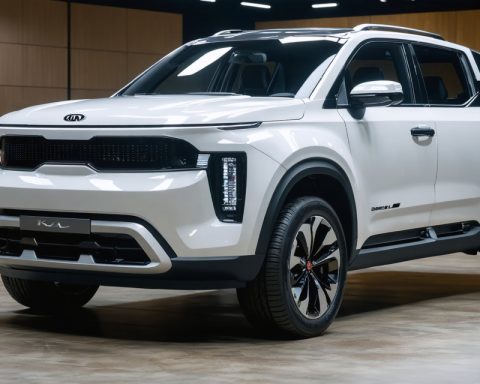A recent analysis in Responsible Statecraft raises significant questions about the effectiveness of the United States’ F-35 fighter jet program. Journalist Dan Grazier asserts that the ambitious development project has not met its objectives, sparking internal debates among U.S. national security experts.
Nearly Twenty-Five Years of Development
The United States initiated the F-35 fighter jet program with high expectations more than two decades ago. Despite this lengthy period and an investment reaching a staggering $300 billion, the program’s outcomes have been underwhelming. Grazier offers a sobering perspective, noting that the aircraft’s combat capabilities remain rather unremarkable compared to initial projections.
Reevaluation by Congress
In light of these concerns, Congress is contemplating a significant reduction in the Pentagon’s planned acquisition of the F-35 Lightning II jets. Initially set to acquire 68 jets, lawmakers are now advocating for a reduced order, potentially acquiring only 48 of the intended fifth-generation fighters. This proposed decrease reflects broader doubts about expanding the current fleet size.
As discussions continue within the government, the future of the F-35 program hangs in the balance. If the program’s perceived shortcomings persist, a reevaluation of America’s defense expenditures might be inevitable, urging both military and legislative leaders to reconsider their strategy for maintaining air superiority.
The F-35 Fighter Jet Program: A Closer Look at What’s Next
The F-35 fighter jet program, a cornerstone of U.S. military investment, is under scrutiny as questions about its effectiveness have emerged in the public discourse. Here, we’ll delve into the implications, controversies, and future prospects surrounding this pivotal project.
The Controversial Journey of the F-35 Program
Despite over twenty-five years of development and expenditures surpassing $300 billion, the F-35 program has encountered criticism for not meeting its ambitious goals. As national security analyst Dan Grazier highlights, the technological edge anticipated from these jets has not manifested to the degree expected.
Congress Considers Scaling Back Orders
In response to these criticisms, Congress is evaluating a reduction in the planned acquisition of the F-35 Lightning II jets. Originally set for 68 units, the new proposal suggests limiting the order to 48 jets. This potential downsizing reflects growing concerns about the program’s cost-effectiveness and overall utility in modern warfare contexts.
Pros and Cons of the F-35 Program
Pros:
– Advanced Stealth Capabilities: The F-35 boasts state-of-the-art stealth technology, potentially offering a significant tactical advantage.
– Multirole Flexibility: Designed to perform various roles, including air-to-air combat and ground attack missions.
Cons:
– High Costs: With a price tag exceeding $300 billion, the F-35 is one of the most expensive military projects in history.
– Technical Challenges: Persistent technical issues have plagued the program, delaying full operational capability.
Comparisons with Other Military Technologies
Comparing the F-35 with other fighter jets, such as the F-22 Raptor or international competitors like the Eurofighter Typhoon, can provide valuable insights. While the F-35 offers versatility, other jets may offer superior performance in specific roles or under certain conditions.
Future Predictions and Innovations
As military technology continues to evolve, the future of the F-35 will depend on overcoming current limitations and integrating innovative solutions. This includes advancements in avionics, propulsion systems, and support technologies like artificial intelligence to enhance pilot decision-making and mission efficiency.
Security and Strategic Considerations
The F-35 remains a critical component of the U.S. strategy to maintain air superiority. Its deployment strategy and integration with allied forces will be key factors in determining its role in future mission scenarios.
For more insights into military technology and defense strategies, you may visit the Lockheed Martin official site, the manufacturer of the F-35.
Stay tuned as Congress further evaluates the program, with implications that could reshape U.S. defense procurement and spending for years to come.












